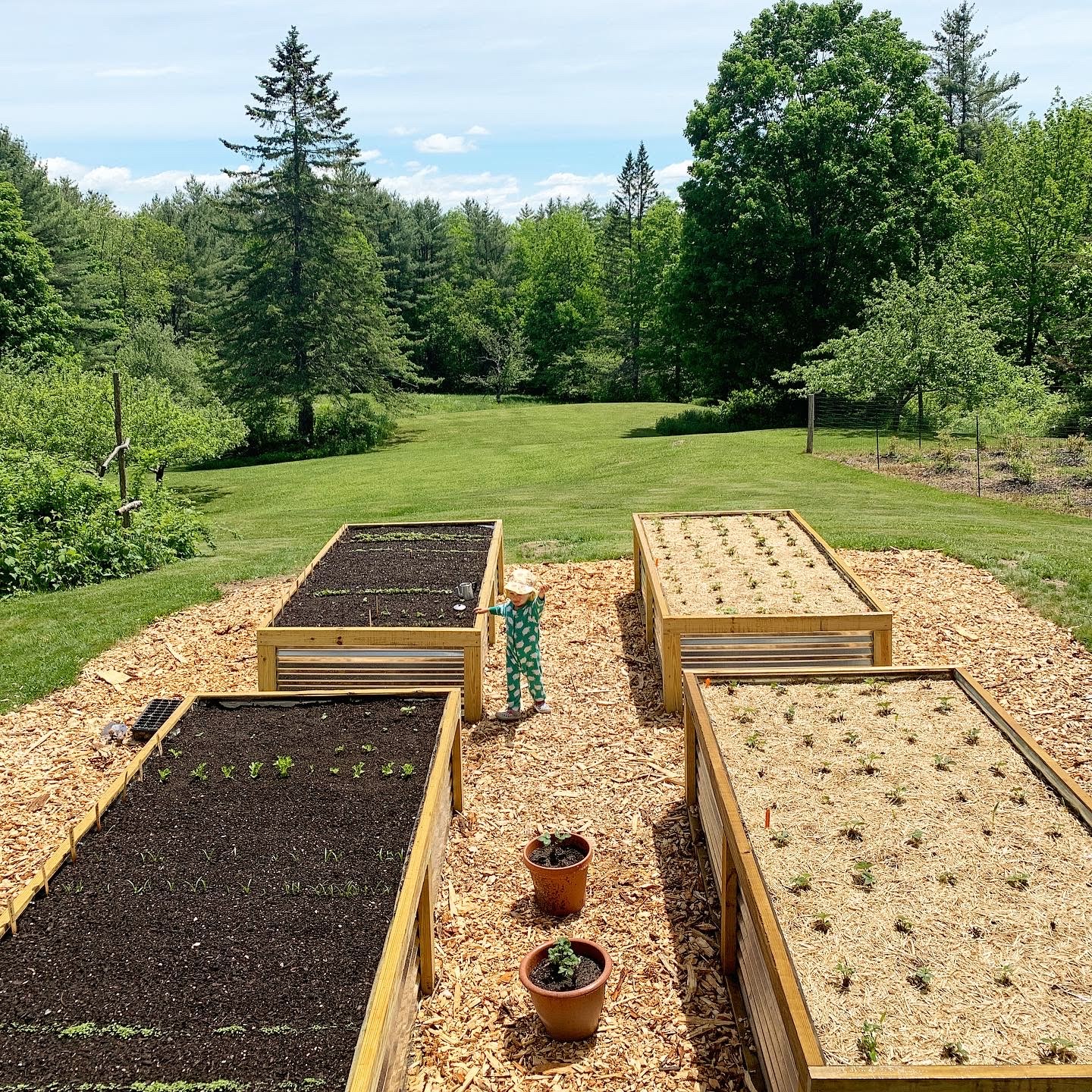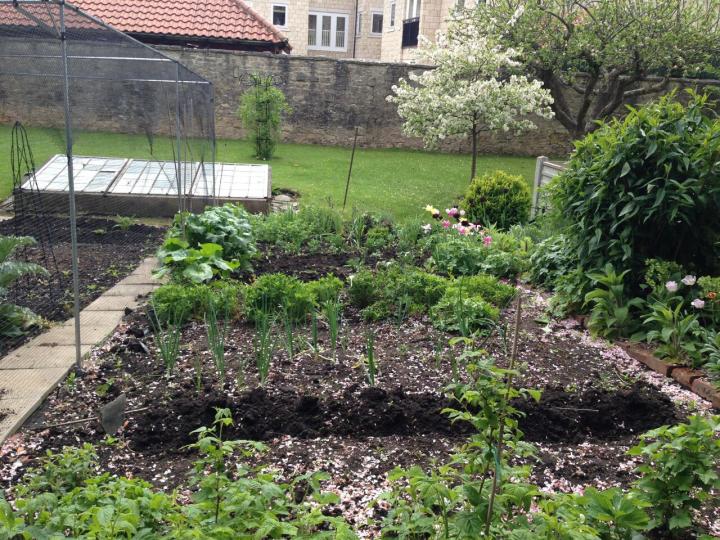Watering and Soil Management Tips for Homestead Gardening
Watering and Soil Management Tips for Homestead Gardening
Blog Article
Discover Crucial Tips for Successful Gardening Techniques and Practices
Horticulture, frequently viewed as a simple leisure activity, incorporates a range of methods and techniques that can significantly influence the end result of your initiatives. By prioritizing vital components such as dirt health, efficient sprinkling approaches, and suitable plant choice, garden enthusiasts can develop a flourishing ecological community that sustains vibrant growth. Recognizing the nuances of bug monitoring and seasonal upkeep can better enhance productivity. Many fanatics forget essential information that can make or damage their horticulture success-- checking out these neglected aspects may disclose the trick to growing a growing garden.
Comprehending Soil Wellness
Dirt health and wellness is a fundamental facet of effective gardening, as it straight influences plant development, nutrition availability, and ecological community balance. Healthy and balanced soil is characterized by an abundant biodiversity of microbes, organic matter, and a balanced pH level, which with each other develop an atmosphere conducive to plant advancement.
To understand dirt health and wellness, one have to consider its physical, chemical, and organic properties. The texture and structure of soil influence its capability to preserve wetness and nutrients, while the chemical make-up identifies the schedule of important components like potassium, nitrogen, and phosphorus. Regular dirt screening is crucial to examine these variables, allowing gardeners to make enlightened choices concerning plant foods and amendments.
Furthermore, advertising organic task within the dirt is vital for preserving its health and wellness. Practices such as composting, plant turning, and making use of cover crops can enhance microbial diversity, enhance nutrient biking, and lower dirt disintegration. By focusing on dirt health, gardeners not only optimize plant growth but likewise add to a sustainable environment, making certain that their horticulture techniques are durable and ecologically accountable gradually.
Efficient Sprinkling Methods
Making sure that plants get the proper amount of water is important for their health and wellness and growth, particularly when coupled with a strong structure of dirt health and wellness (Homestead Gardening). Efficient watering techniques can significantly impact plant vigor, lowering water waste and promoting optimal growth
One fundamental approach is deep watering, which motivates roots to expand deeper right into the dirt, enhancing dry spell resistance. This method typically entails watering much less often but in bigger quantities, permitting wetness to penetrate the origin zone completely. Timing is also critical; early morning is the ideal time to water, as it decreases evaporation and permits foliage to completely dry during the day, minimizing disease threats.
Additionally, using mulch can assist retain soil dampness and control temperature level, further helping efficient watering techniques. Utilizing a drip watering system can additionally offer targeted dampness directly to the roots, making certain that water reaches where it's most required while preserving resources.
Monitoring rainfall and dirt dampness levels can assist changes in your watering schedule, making sure plants obtain consistent hydration without over-saturation. By embracing these efficient sprinkling strategies, gardeners can foster a growing setting for their plants to flourish.
Plant Option and Positioning
Exactly how can the ideal plant selection and strategic placement change a yard right into a prospering environment? The harmony between plant ranges and their positioning is critical for producing a vivid garden. When choosing plants, think about elements such as environment, dirt type, and sunshine exposure. Indigenous species are commonly the finest choice as they are adapted to local problems and call for much less upkeep.
Strategic placement involves arranging plants according to their development routines and requirements. Taller plants must be positioned at the rear of borders to stop shading much shorter plants. Furthermore, grouping plants with similar water and light demands can enhance their development and reduce competitors for sources.
Integrating a diversity of plants not just includes visual appeal yet additionally advertises biodiversity, bring in beneficial insects and pollinators. Think about the seasonal adjustments in your yard; pick a mix of perennials, evergreens, and annuals to make certain year-round rate of interest.
Lastly, remember to evaluate the fully grown size of plants prior to planting to avoid overcrowding and make sure adequate air flow. Thoughtful plant selection and tactical placement develop a harmonious atmosphere, enabling your yard to prosper while minimizing difficulties.
Insect and Disease Administration
Effective parasite and disease administration is essential for keeping a healthy and balanced yard ecological community - Homestead Gardening. An aggressive strategy, combining cultural, biological, and chemical techniques, can substantially reduce the influence of pests and illness on your plants

Organic controls, such as introducing useful bugs like ladybugs or predatory termites, can keep insect populaces in check without hurting the environment. Additionally, keeping plant health and wellness through appropriate watering, fertilizing, and pruning will reinforce their resilience against diseases.
When intervention is necessary, choose for targeted chemical therapies, guaranteeing to follow application standards to lessen harm to non-target microorganisms. Always prioritize lasting methods, as they advertise lasting yard health and wellness and eco-friendly equilibrium. By integrating these strategies, gardeners can effectively handle diseases and parasites, guaranteeing growing plants and an efficient garden.

Seasonal Upkeep Practices
Throughout each period, implementing targeted upkeep practices is crucial for enhancing yard health and productivity. In springtime, emphasis on soil prep work by testing pH degrees and including necessary amendments. This is additionally the perfect time to use plant foods and mulch to retain dampness and suppress weeds. Regularly inspect arising plants for pests and conditions.
As summertime techniques, make sure ample irrigation while monitoring for indicators of tension or disease. Trim back overgrown plants to urge air blood circulation you can look here and decrease moisture around foliage. This method not only enhances plant health yet additionally promotes flowering and fruiting.
With find out this here the arrival of autumn, it's time to get ready for winter. Clean up dropped leaves and debris to stop parasite invasions, and think about planting cover crops to enrich soil health. This period is likewise ideal for splitting perennials and growing spring-flowering bulbs.
Conclusion
Effective gardening joints on the combination of sound methods in soil health and wellness, watering, plant selection, insect management, and seasonal upkeep. By focusing on soil testing and microbial variety, employing reliable watering methods, and picking suitable plants, garden enthusiasts can produce prospering ecosystems.
By prioritizing crucial aspects such as dirt health, effective sprinkling strategies, and suitable plant choice, gardeners can create a flourishing community that sustains vibrant growth. By prioritizing soil health and wellness, garden enthusiasts not only optimize plant growth but likewise contribute to a sustainable community, ensuring that their gardening methods are environmentally liable and resistant over time.
Taller plants ought to be placed at the back of borders to prevent shading much shorter plants. Clean up fallen leaves and particles to avoid parasite problems, and consider growing cover crops to enrich soil wellness.Successful gardening joints on the assimilation of sound practices in dirt health, watering, plant selection, pest management, and seasonal internet maintenance.
Report this page